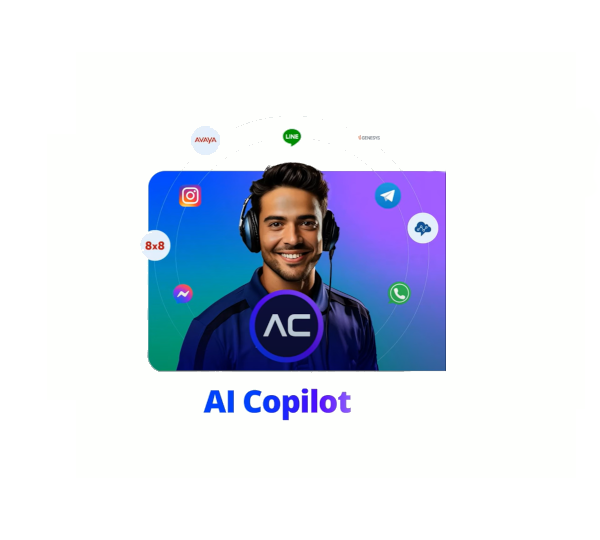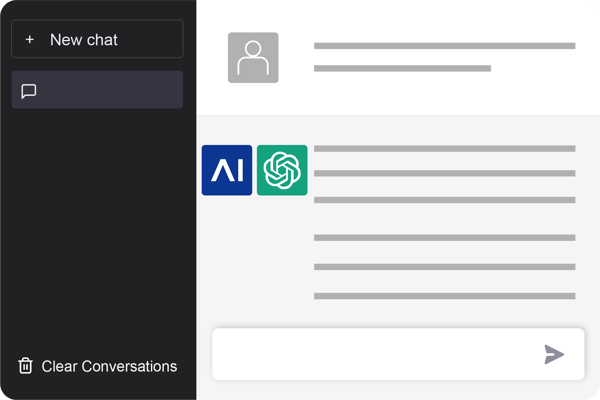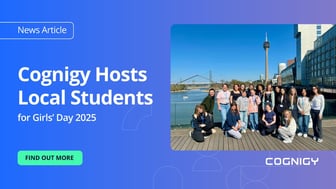When developing virtual agents, our plans often center around channels and devices. Should our chatbot be available on our website, over SMS or embedded in an app? Should the chatbot be accessible on a PC, a mobile device, the telephone or a smart speaker?
But language – the ability for a user to talk to a virtual agent in their native tongue – can be even more fundamentally important to the user experience. Providing multi-lingual resources on websites and printed material may be driven by customer demand, cultural norms or legal necessity. It always gives your users a felt sense that you are engaging with them genuinely. When we speak a customer's language, we foster their loyalty by showing that we care.
In the chatbot domain, language comes up in three different ways:
1) Detecting the user's language
2) Matching inputs with language-specific Natural Language Processing (NLP)
3) Communicating back to a user in their preferred language
The first step – detecting a user's language is ideally driven by what we know about the user already. If the user has a profile set up with a language preference or if they are coming to our website from a specific country or region, we can make a reasonable inference on how to start the conversation. But if we don't have this information, or if a user's preference has changed, we need to analyze user inputs to detect which language they are speaking.
Once we know the user's language, we can select an NLP model that understands the right vocabulary, grammar and syntax to precisely determine the user's intent.
Native language speakers can create responses for the bot when designing conversations. Alternatively, real-time translation engines can convert the text in a source language to the user's preferred language, adding just milliseconds to the response time. You can decide to use human-crafted or machine-translated responses based on several factors, including the size of the audience who needs content in a specific language, the importance of particular replies (such as those that carry brand messages) or regulatory requirements.
Cognigy.AI is a conversational automation platform that meets the needs of organizations that speak to their customers or employees in multiple languages. Starting the conversation in the user's language of choice, understanding what users want to accomplish and responding to them in their native tongue is possible – and easy – using Cognigy.AI.
See our AI Agents in Action
Transform your customer service with Generative and Conversational AI

.png?width=60&height=60&name=AI%20Copilot%20logo%20(mega%20menu).png)




.png?width=600&height=600&name=Knowledge%20AI%20Feature%20image%20(2).png)









